Killing The Natives: A Retrospective Analysis
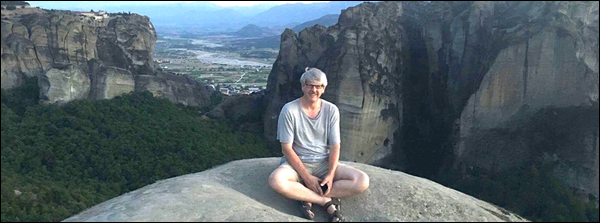
“I am back on the evidentiary path. I would like to think I have fully recovered from my case of hopium. The peer-reviewed papers and books I have published since this book excerpted below was published on 1 January 2005 all point to the near-term demise of Homo sapiens, as indicated in the Author’s Commentary on Chapter 5 of this book. Such an outcome is not at all desirable, of course. Evidence is often undesirable, yet it cannot be ignored by science. Carl Sagan said it best: “The truth may be puzzling. It may take some work to grapple with. It may be counterintuitive. It may contradict deeply held prejudices. It may not be consonant with what we desperately want to be true. But our preferences do not determine what’s true.”—Dr. Guy McPherson
Planetary Hospice
By Dr. Guy McPherson
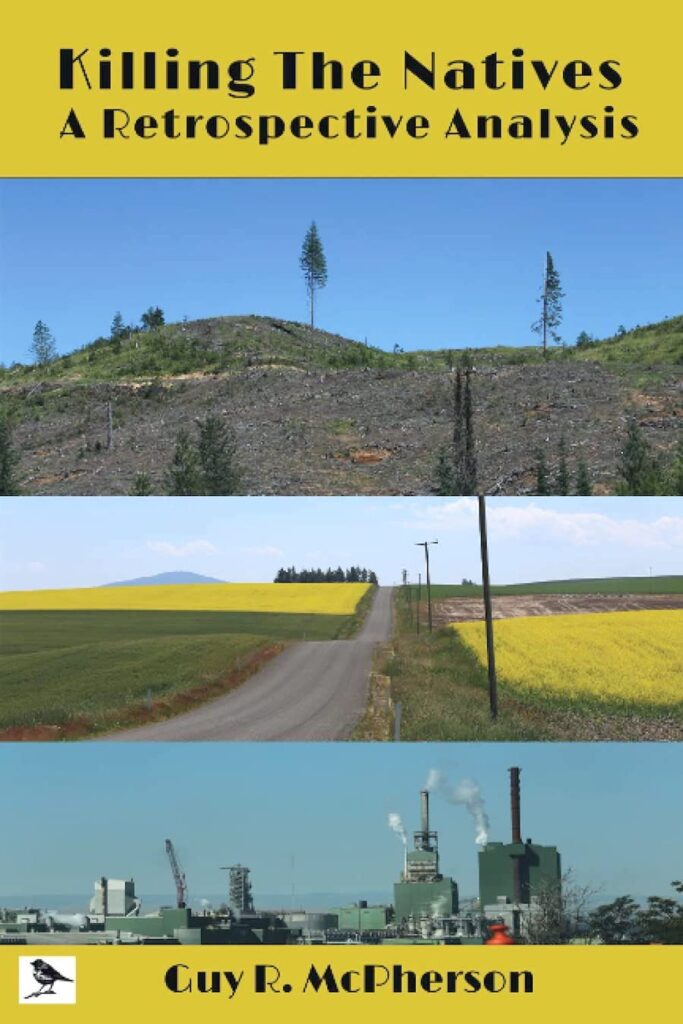
“As pointed out by French author and Nobelist in literature André Gide: ‘Everything that needs to be said has already been said. But since no one was listening, everything must be said again.’ So, here I go, saying it again.”―Going Dark.
 BELLOWS FALLS Vermont—(Hubris)—June & July 2024—Author’s Note: Dr. Guy R. McPherson is Professor Emeritus of Natural Resources and the Environment at the University of Arizona, where he taught and conducted research for 20 award-winning years. His scholarly work, which has for many years focused on the conservation of biological diversity, has produced more than a dozen books and hundreds of articles.
BELLOWS FALLS Vermont—(Hubris)—June & July 2024—Author’s Note: Dr. Guy R. McPherson is Professor Emeritus of Natural Resources and the Environment at the University of Arizona, where he taught and conducted research for 20 award-winning years. His scholarly work, which has for many years focused on the conservation of biological diversity, has produced more than a dozen books and hundreds of articles.
The following commentary is extracted from Killing the Natives: A Retrospective Analysis. Published in 2021, this book is a sequel to Killing the Natives: Has the American Dream Become a Nightmare? The original book, my first book-length attempt at cultural criticism, was published on 1 January 2005. Nearly 20 years of hindsight characterized by continued scholarship on the topics covered by the original book provided an opportunity for informed analysis of the original work. This analysis produced emotions ranging from contentment to embarrassment of the “How could I have been so ignorant?!” kind. Below, I have selected my commentary on the middle chapter of the book. If you feel compelled to leave a comment, please be kind.
Author’s Commentary on Chapter 5: The chapter that follows comprises the middle of the book, Chapter 5, of 9 chapters. It was all going so well, really. I was hitting my intellectual stride when, 8,580 words into a chapter totaling 8,711 words, fully 98.5 percent of the way into the chapter, I wrote the following paragraph:
“There is little doubt that Homo sapiens will survive the Great Dying we have brought upon the world. Will we thrive? In squeezing through the bottleneck, will we bring myriad cultures and species with us? It’s possible, and it’s certainly desirable. And not just for them, but for us as well.”
That’s right: I drove the proverbial car into the proverbial ditch. Filled with hubris, I assumed human supremacy would allow us to save us from ourselves. This was shortly after I finished editing a book (in 2002) that was published in 2003: Changing Precipitation Regimes and Terrestrial Ecosystems was co-edited by my former PhD advisee, and now my friend and colleague Jake F. Weltzin. It was subsequently published by the University of Arizona Press in Tucson. Absorbing the many and varied contributed chapters in the course of editing the book led me to conclude that humans would be extinct by 2030. And then, I cast aside the evidence to write the paragraph above.
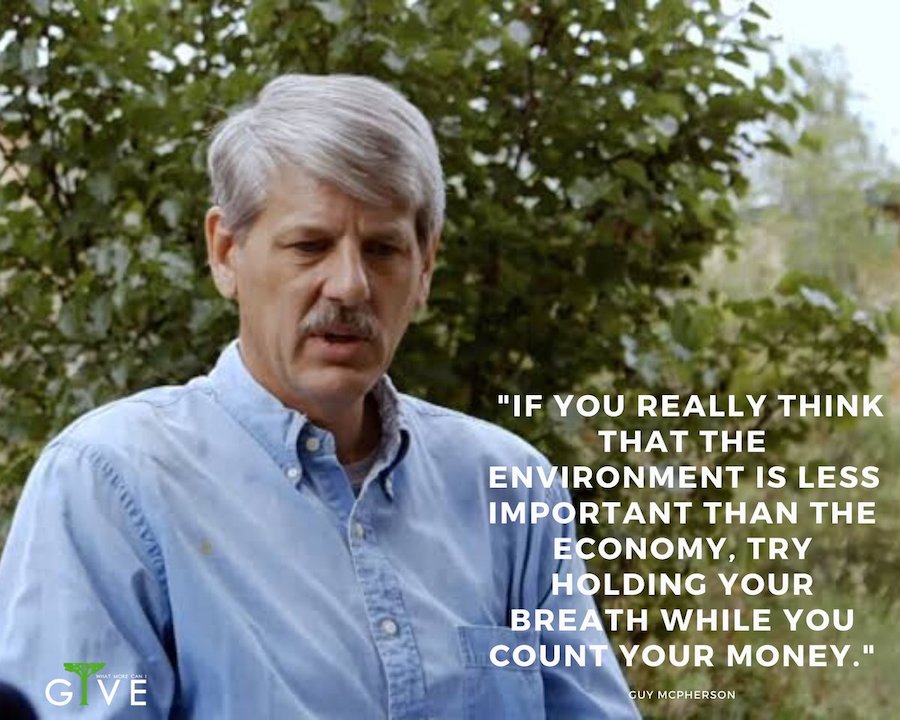
Afflicted with the kind of unrepentant optimism scientists are encouraged to avoid, I found hope in a hopeless situation. As a result, I allowed my unbridled optimism to overwhelm my sense of logic. I became, at least temporarily, an example for American science-fiction writer Robert Heinlein: “Man is not a rational animal; he is a rationalizing animal.” Confused by the universe, I seized the opportunity to latch onto what Heinlein would have called an irrational approach: “For explanations of a universe that confuses him, he seizes onto numerology, astrology, hysterical religions, and other fancy ways to go crazy.”
Once I started down the path of unwarranted hope, I was hooked. The remaining chapters of this book present horrors followed by fantasies.
I am back on the evidentiary path. I would like to think I have fully recovered from my case of hopium. The peer-reviewed papers and books I have published since this book was published on 1 January 2005 all point to the near-term demise of Homo sapiens, as indicated in the Author’s Commentary on Chapter 2 of this book. Such an outcome is not at all desirable, of course. Evidence is often undesirable, yet it cannot be ignored by science. Carl Sagan said it best: “The truth may be puzzling. It may take some work to grapple with. It may be counterintuitive. It may contradict deeply held prejudices. It may not be consonant with what we desperately want to be true. But our preferences do not determine what’s true.”
As much as I would prefer otherwise, my own personal “preferences do not determine what’s true.” I am convinced our time is short. Indeed, my outlook matches that of the precocious 15-year-old composer Tony Daniels as she described a wide-ranging discussion among her high-school friends. Her brief perspective appeared in The Washington Post in 1982: “Life’s a bitch; then you die.”
![]()
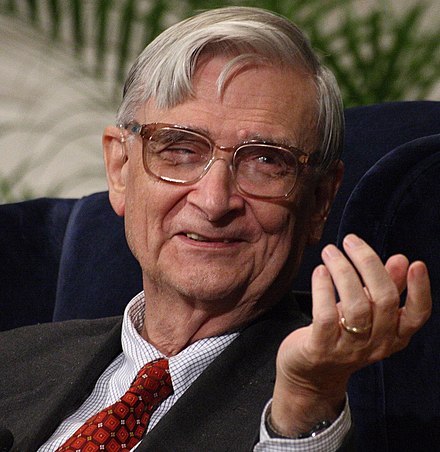
Excerpt from Killing the Natives: A Retrospective Analysis
The Great Dying
“For people who hate to learn the names of things, the world is getting better every day.” With this minor exception, there are no advantages to extinction. In contrast, there are plenty of disadvantages and, big-budget Hollywood movies notwithstanding, extinction is irreversible. Earth is experiencing its sixth great extinction event, the first one precipitated by the actions of a single species. The great biologist and philosopher Edward O. Wilson said it best in 1992: “Humanity has initiated the sixth great extinction spasm, rushing to eternity a large fraction of our fellow species in a single generation.”
Overwhelming evidence indicates that habitat loss accounts for most of the devastating loss of species, and that two factors underlie loss of habitat: the growing human population and the associated consumption of resources. This evidence takes many forms, ranging from models to empiricism. But simple logic is sufficient to make the case. At the beginning of the industrial revolution, after some five hundred generations on the planet, humans supported themselves on about one percent of the products of terrestrial planetary photosynthesis. This left ninety-nine percent to the remaining species on the planet.
Considering that we were sharing this productivity with well over a million species, we were taking much more than our share. But a short two hundred years later, in the mid-1980s, nearly 40 percent of the products of photosynthesis were being used to support the human enterprise. Thus, the proportion left for the other species with which we share the globe had dropped from 99 percent to 60 percent. We cannot expect all non-human species to survive if we eat most of the planet’s food. The problem has grown considerably since the mid-1980s—we’ve added a billion people to the planet, and consumption has increased—and we continue to quantify the impacts and count the losses.
We will never again see the many beautiful, inspiring, and potentially useful creatures we drive to extinction. How bad is the problem? What are the consequences of this massive extinction event—that is, what do we lose when we lose species? How might these losses affect Americans?
The problem is far worse than anyone imagined just a generation ago. New species arise through a process termed “speciation,” and species disappear via extinction. Historically, the rates were approximately balanced, such that species both arose and disappeared at the rate of about one species per million species per year. Humans have always killed other organisms, and we have even caused the occasional, inadvertent extinction. Most notably, we eliminated large animals via hunting when we moved into Europe, North America, South America, Australia, and myriad oceanic islands.
But it has only been within the last few decades that the rate of extinction has thoroughly outstripped that of speciation. The rate of extinction now exceeds that of speciation by at least a thousand times. Human-induced changes in climate are exacerbating the rate of decline. All groups of organisms are affected, from plants and corals to birds, fish, and mammals. Even our closest relatives, the four remaining species of great apes, are threatened with imminent extinction. In the United States, about a thousand species are listed as “endangered” and therefore accorded some protection.
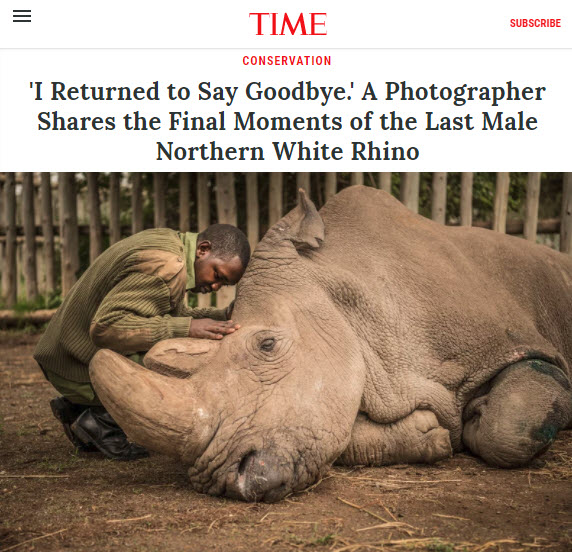
The thousand-fold difference between rates of speciation and extinction is often cited by biologists, but it is uncomfortably conservative for at least four reasons. First, it counts only species instead of the much more relevant metric, populations of species. Populations are the source of genetic variability, such that different populations within a single species may possess and reflect quite disparate genetic material. The loss of this genetic material, not the loss of species per se, is of primary concern to those interested in conserving biological diversity. Unfortunately, extinction of populations is occurring much more quickly than extinction of species.
Second, extinctions are counted only when the last individual of the last species disappears, despite the fact that a species may “hang on” in the form of a few individuals for several years (this is especially noteworthy when the last remaining individuals of long-lived species are held in captivity). Third, many species undoubtedly disappear before they are ever discovered. Fourth and finally, a species new to science is added to the books upon its discovery; on the other hand, international standards require many years of intensive searching before a species is declared to be extinct.
How bad is it? Again, I quote the preeminent biologist Edward O. Wilson: “If the decision were taken today [in 2002] to freeze all conservation efforts at their current level while allowing the same rates of deforestation and other forms of environmental destruction to continue, it is safe to say that at least a fifth of the species of plants and animals would be gone or committed to early extinction by 2030, and half by the end of the century. If, on the other hand, an all-out effort is made to save the biologically richest parts of the natural world, the amount of loss can be cut by at least half.” This can hardly be considered an optimistic projection: An “all-out effort” would commit one in ten species to extinction by 2030, and little evidence suggests that such an effort is underway.
So what? Why does it matter that we’re losing populations of species, and even entire species? Why should the winners of the Darwinian lottery care about the losers? It is impossible to quantify what is lost when a species goes extinct, and any attempt to do so will undoubtedly result in an underestimate. I place my reasons for conserving species into the general categories of economic, medicinal, agricultural, ethical, and intrinsic value, though other writers have categorized the reasons in many different ways.
In 1997, the economic value of nature’s services was estimated at $33 trillion per year. These values included, for example, regulation of the atmosphere and climate, purification of water and air, formation and enrichment of soil, detoxification and recirculation of waste, pollination of crops, and production of lumber, livestock forage, and biomass fuel. All of these services are provided at no cost to humans, and, collectively, they amount to nearly twice the gross national product of all the countries in the world. In other words, if humanity were to try to replace the free services of the natural world with manufactured substitutes, we would have to approximately triple the size of the global economy. Any attempt to do so would be physically impossible, in part because we would all die in the process: If lack of clean air and clean water didn’t kill us, lack of food would do the trick rather quickly.
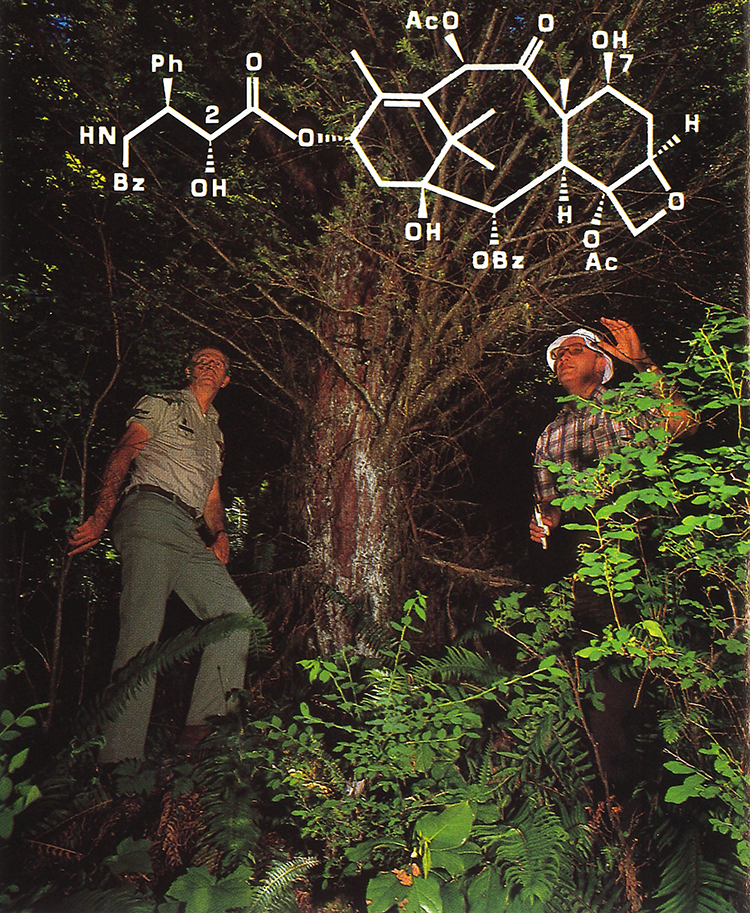
A more specific example may be helpful. In 1997, New York City faced a human-health crisis: It was out of clean water. The city could either build a filtration plant at a cost between $6 billion and $8 billion, and pay the $300 million annual operating costs, or it could restore the Catskills watershed. It opted to pay about $1.5 billion to buy forested parcels in the watershed and subsidize clean-up of the septic tanks in the area. In addition to economic savings of billions of dollars, New York City and its life-providing watershed were provided flood control by buying natural areas and letting the water flow naturally.
Advances in medicine are certain to come from species that are currently unappreciated or unknown to science. In the United States, about a quarter of all prescriptions are derived from plants, and another sixth are extracted from other organisms. Nine of the ten leading prescription drugs originally came from living creatures, though some are now synthesized (which would not have been possible without the original organism). Despite the huge potential of organisms for pharmaceutical development, to date only a small fraction of plants and animals have been investigated for this use. The possibilities, in terms of alleviating human suffering, lengthening lives, and economic gains, are simply enormous.
Pacific yew (Taxus brevifolia) is a small, scraggly tree that grows beneath towering Douglas-fir (Pseudotsuga menziesii) trees in the Pacific Northwest. Yew trees are believed to compete with the commercially valuable Douglas-fir trees, so the primary approach during the first hundred years of forest management in the region was to cut and burn the yew trees. In 1971, a complex compound was isolated from the bark of the tree, but this discovery went largely unnoticed by the medical community. About 20 years late, the “discovery” of the complex compound was repeated, and this time it was developed into a drug named for the tree, taxol. Taxol thus became the only viable treatment for breast cancer and cervical cancer with a success rate of about 50 percent for the former and 30 to 40 percent for the latter. By the early 1990s, a battle raged between physicians who wanted to cut all the yew trees to provide treatment for cancer patients and environmentalists who wanted to save the trees and the forests in which they were found.
Enter Andrea Stierle, a postdoctoral researcher at Bozeman, Montana. She collected a fungus from the bark of a Pacific yew tree that, through an accident of geography, had escaped the logger’s saw. The fungus, Taxomyces andreanae, was new to science, and it had an interesting characteristic: It contained, and also manufactured, taxol. It could also be grown in the laboratory at a relatively rapid rate, and therefore produce taxol at relatively low cost and great speed compared to harvesting Pacific yew trees.
Despite an intensive four-state search, the fungus has been found only on that single Pacific yew tree near Bozeman, Montana. We’ll never know how many cures for cancer we cut down in our headlong rush to clearcut North America. And we’ll never know which organisms may harbor a cure if we hasten to deplete resources. Sadly, the story does not end there: Today, we harvest taxol from the bark of yew trees in China. It’s less expensive to cut the trees in China than grow the fungus in laboratories in the United States.
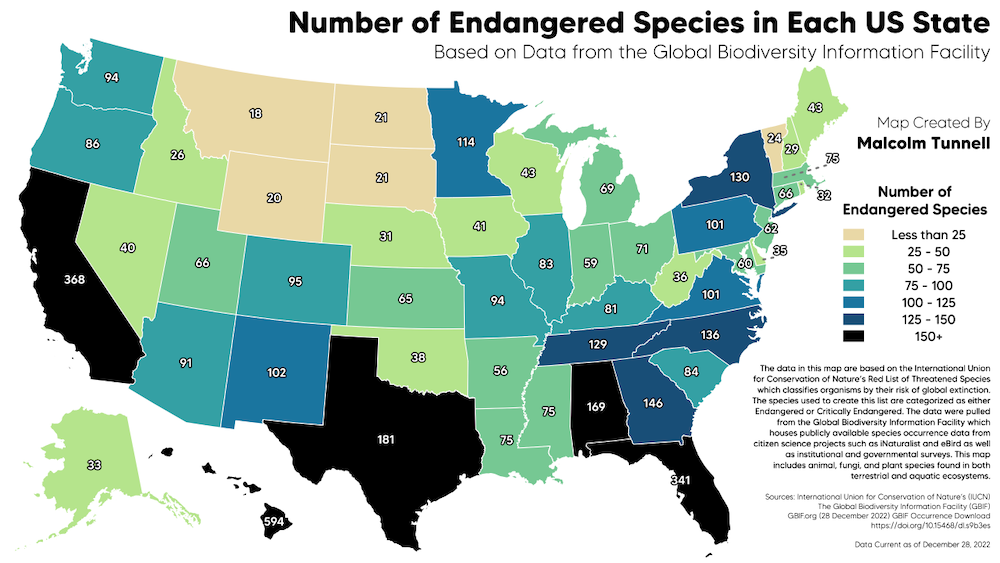
Agriculture is a product of the species found in nature, and the agricultural industry still depends heavily on non-domesticated species for services such as pollination. Pollinators are so ubiquitous and faithful that we take them for granted. But if we eliminate the hundreds of species of largely unnoticed and unappreciated pollinators, or the wild places they call home, our crops will wither and so will our civilization.
Ninety percent of our food is provided by about one hundred plant species, all of which were domesticated from wild stock. Three species prevent mass starvation: wheat, rice, and corn (known as “maize” throughout most of the world). In 1970, millions of acres of the US corn crop were destroyed by Southern corn blight, a disease to which the highly modified breed of domestic corn was not resistant. The incident destroyed 15 percent of the total US harvest in 1970, leading to more than $1 billion in losses.
Corn breeders turned to the little-modified “heirloom” corn in Mexico and used conventional cross-breeding techniques to develop a blight-resistant hybrid variety by the beginning of the 1971 season. Global food security was maintained in large part because of corn that “backward” farmers in Mexico hadn’t messed with.
Further examples abound in the recent history of agriculture. The only known population of perennial corn, one of four species of corn in the world, also is found in Mexico, where it is restricted to a single, 15-acre site that was discovered in the late 1970s. A species of tomato discovered in Peru in 1962 with an investment from the US National Science Foundation of about 20 dollars (1962 value) was crossed with horticultural tomatoes and produced a new variety with very high concentrations of soluble solids (especially sugars); the resulting economic value to the tomato industry was about $8 million per year.
Agricultural production is enhanced when multiple species are used in a field, either at the same time or by rotating crops over time. The principle was inspired by natural areas, where multiple, coexisting species produce more than a single species.
These examples reveal some fundamentally important points. They demonstrate that we cannot know the value of a species in advance. Thus, conserving as many species as possible—and as many populations of species as possible—is the only way to preserve the maximum number of options in the future. As indicated by the corn example, the future may be only a year away. And as illustrated by hundreds, and perhaps thousands, of examples so far, an important treatment may be right around the corner. If you know somebody who has been affected by breast cancer or cervical cancer, you’ll having no problem understanding the value of this idea. Unfortunately, we will never know the full future value of many species. The species themselves are largely unknown, and we can only guess at the total number (it’s probably between five million and one hundred million). Two million species have been named, and only a handful have been fully described.
These points, as important as they are, fail to shed light on the most vital reasons for conserving species. Each species is a piece of Earth’s living history, a product of millions of individual strokes of the evolutionary brush that collectively comprise a masterpiece. Each one is uniquely adapted to natural systems as a result of millions of years of natural selection, and each contains a multitude of genetic information in its every cell. Each descended from the same ancestral life form. If we view ourselves as the pinnacle of creation, we must have an obligation to care for the millions of masterpieces that comprise creation.
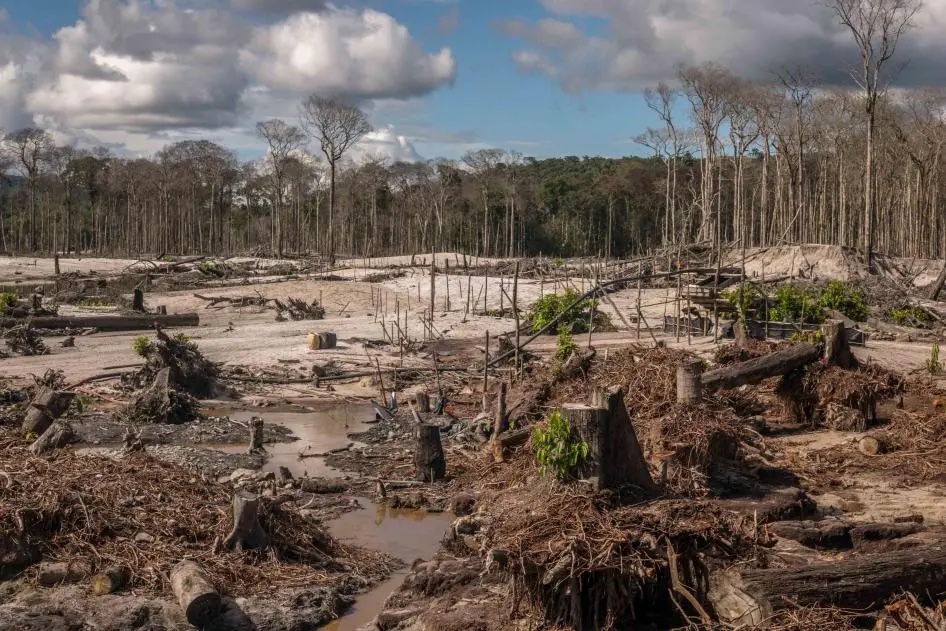
The handful of taxonomists and natural historians in the world who are charged with naming and describing species are in a race against time as millions of life forms are driven to extinction by the actions of humanity. These are the people who have the most to gain from extinction: After all, they need to know the names of things, and the sooner we get the named, the sooner their jobs are done. But these people are not happy. They, more than anybody else, know the beauty and wonder of naming, describing, and understanding species. They, more than anybody else, know what we’re losing.
Finally, as if these arguments are not compelling enough, life has intrinsic value. Although most of us have felt it inherently our entire lives, philosophers only recently have concluded unequivocally that life has intrinsic value.
Loss of species, languages, and cultures is a one-way street. Once they have disappeared, we cannot retrieve species, languages (or pieces of them), the knowledge contained in languages and their stories, or a culture’s music, art, games, and other unique features. Our drive for material possessions decimates populations, species, languages, and cultures.
The many Americans who desire a one-language world are longing for a world with less knowledge and beauty than the current one. In many cases, these individuals are alive as a direct result of other cultures. Wishing for loss of cultures is a literal death wish for many Americans. Similarly, Americans who satisfy their urge to procreate and who defend their right to consume a disproportionate share of Earth’s bounty contribute to the extinction of populations and species. Again, many of these individuals are alive because another species saved them.
Have we learned from our past actions? Much evidence indicates that we have failed to learn or have failed to act on new knowledge.
Consider, for example, the oft-cited example of tropical deforestation. The tropics contain many more species than the rest of the world, and they have been decimated by American actions. The decimation has not only been maintained, it has accelerated within the last decade. Further, the United States will soon invest more than $40 billion to pave new highways, construct gas and power lines, build reservoirs, and make other “improvements” in Brazil’s national infrastructure. These projects, part of Avança Brasil (Advance Brazil), promise to destroy tropical forests and thereby threaten cultures and species in a country that harbors about forty percent of the world’s remaining tropical rainforests. In Brazil and elsewhere, American policies continue to threaten cultures and species at an alarming rate as we race to extract resources for our own use and try to elevate the standard of living in other countries.
![]()
To order Dr. McPherson’s books, click the cover images here below:
2 Comments
Daniel James Dodson
“…It’s a wonder we can even feed ourelves.” Bob Dylan – “Idiot Wind” __
1970s Mexico corn is facing threats from today’s GMO corn. https://www.nongmoproject.org/blog/mexicos-gmo-corn-ban-aims-to-protect-cultural-heritage/ __
Organic farmers should not have to buy buffer land to protect itself from GMO contamination (and patent lawsuits from Big Ag (cf., Big Pharma herbicides)). __
GMO corn growers should be required to purchase their own five mile land buffers of alternate crops for their pollution of heirloom species. __
Science is wonderful. But as the pretender to the throne of the civilized, it should keep its pants zipped.
Guy R. McPherson
Great comment, Daniel. Indeed, I’ve nothing to add (a rare experience for me).